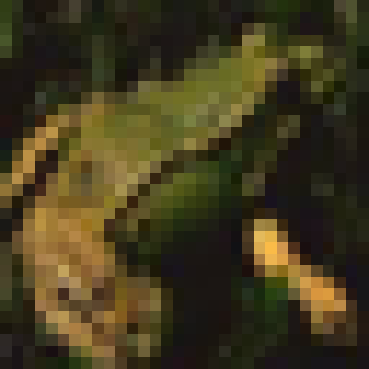Selective classification is the task of rejecting inputs a model would predict incorrectly on through a trade-off between input space coverage and model accuracy. Current methods for selective classification impose constraints on either the model architecture or the loss function; this inhibits their usage in practice. In contrast to prior work, we show that state-of-the-art selective classification performance can be attained solely from studying the (discretized) training dynamics of a model. We propose a general framework that, for a given test input, monitors metrics capturing the disagreement with the final predicted label over intermediate models obtained during training; we then reject data points exhibiting too much disagreement at late stages in training. In particular, we instantiate a method that tracks when the label predicted during training stops disagreeing with the final predicted label. Our experimental evaluation shows that our method achieves state-of-the-art accuracy/coverage trade-offs on typical selective classification benchmarks.
翻译:选择性分类是拒绝输入的任务,一个模型通过输入空间覆盖面和模型准确性之间的权衡而预测错误。目前选择性分类的方法对模型结构或损失功能施加限制;这在实践中抑制了它们的使用。与先前的工作不同,我们显示,只有研究模型的(分解的)培训动态,才能达到最先进的选择性分类性能。我们提出了一个总框架,对特定测试投入而言,它监测与最终预测的标签在培训期间获得的中间模型的不一致程度;然后我们拒绝在培训的后期阶段表现出太多分歧的数据点。特别是,我们即时采用一种方法,在培训期间预测的标签不再与最后预测的标签不一致时跟踪。我们的实验评估表明,我们的方法在典型的选择性分类基准上达到了最新水平的准确/覆盖交易。

















































